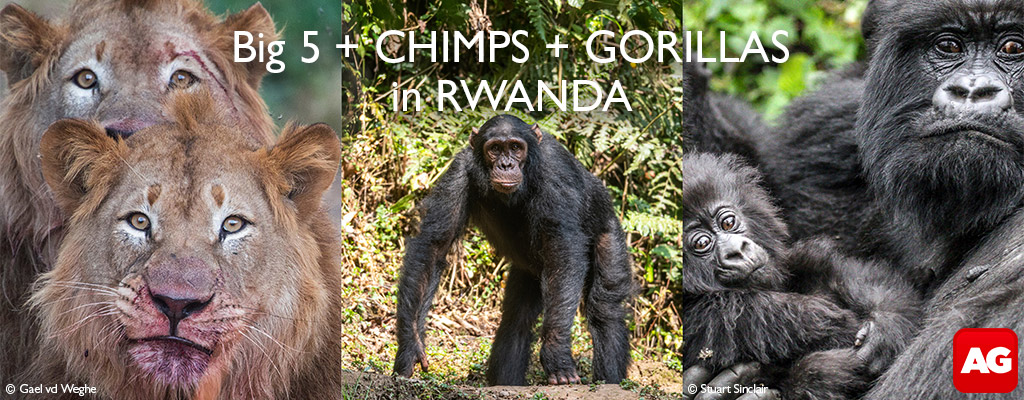For visitors to Namibia, Mesosaurus Camp should be high on their destination list. Mesosaurus Camp is situated on the farm, Spitzkop, about 40 km outside Keetmanshoop. Massive nests in camel-thorn trees, home to the sociable weaver can be found at the campsite. Written by: Dr Martin Briggs

Quiver trees dot the surrounding hills, and the base of one of these resembles a dinosaur foot grasping the rocks – an analogy to the fossils for which this farm is famous.

We were fortunate enough to arrive on a day that Giel Steenkamp was taking a group to view the fossils. Giel stumbled on these reptilian fossils and thought the imprints embedded in the rocks were those of the salamander. However, it took Dr Oelofse of the University of Pretoria to identify them. Dr Oelofse immediately realised that the creatures on Spitzkop Farm predated the salamander and correctly identified them as fossils of the order Mesosauria.

Giel explained how the geological ages affected these parts of Gondwanaland and how it was once covered in water, with swamps populated by reptiles, crabs, fish, and prawn-like creatures. These lived in water mostly no deeper than 35 to 100 centimetres during the late Carboniferous and early Permian ages. Ceratosaurus and Megapnosaurus probably also lived here at a later stage.
Mesosaurus (meaning “middle lizard”) is an extinct genus of reptiles from the Early Permian age. Mesosaurus was long thought to have been one of the first marine reptiles.
Mesosaurus, an amphibian reptile living here about 270 million years ago, was the apex predator of this age and locality and is probably one of the most convincing examples to prove the drifting of continents. The same genus in the same rock formations is found in southern Africa and South America.
Their teeth were too soft to attack larger prey – they were predominantly filter feeders (e.g. plankton). As the waters receded, these inhabitants sank into the mud to be preserved as fossils. Sediment blown into the lake also covered the remnants.

Giel takes care to prevent damage to the fossil beds from livestock and the elements. Lifting a protective sheet of corrugated iron roofing, Giel pointed out the grooves delineating a fossil embedded in the Dwyker shale. The spine and limbs of an ancient Mesosaurus were revealed. So detailed was the imprint that indentations indicating the dorsal spinous processes were clearly visible, and even a fracture suffered by the specimen in a toe could be determined in the smooth shale surface.
We learned that the Mesosaurus fossils on Giel’s farm were the oldest reptilian fossils in southern Africa. Another site revealed a Mesosaurus fossil with intact faeces. Although long since turned to stone, this’ coprolite’ still showed vividly as a brown streak. Giel explained that Dr Oelofse determined the diet by examining specimens of this coprolite.

Giel, joking that he was another fossil on the farm, spritely opened and closed gates as he led our convoy towards a kopje where quiver trees grew in abundance. The stem of the quiver tree is a living fossil, consisting mainly of fibre, proficient at storing water. Giel enlightened us as to the origin of the name and showed us how the Bushmen made quivers for their arrows by removing the fibrous innards of a branch. Closing one end of this ‘tube’ with a pelt resulted in a perfectly hollowed receptacle, or quiver. Small flowers appear in May, June and July in the canopy of leaves. Giel explained that, as one would expect, the leaves of this aloe are bitter, and kudu will occasionally reach up to feed on the canopy. This is possibly because of the anti-parasitical properties of the sap; early stockmen added these leaves to livestock water troughs, maintaining that parasites, such as ticks, would be suitably dislodged. The forest of quiver trees grew amongst stacked dolerite boulders, and Giel explained that the dark colouration was magnesium oxide, while iron oxide formed the lighter colours. Locally, these pigmentations are known as ‘desert varnish’.

To comment on this story: Login (or sign up) to our app here - it's a troll-free safe place 🙂.![]()








